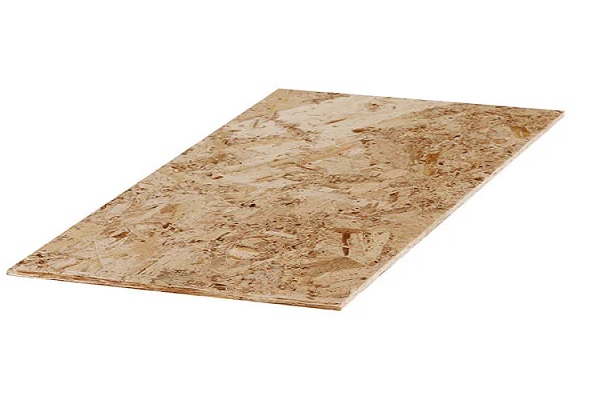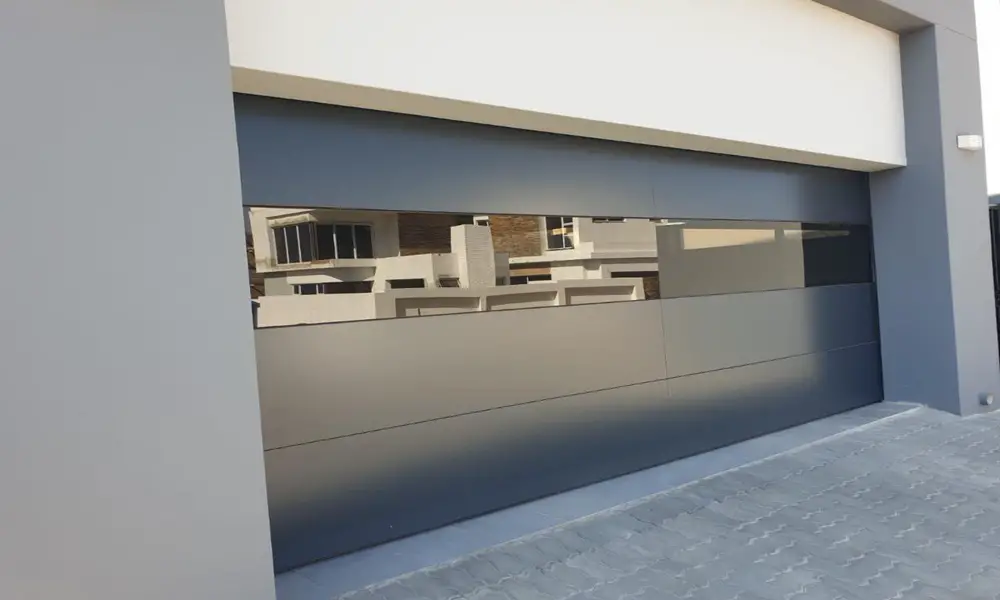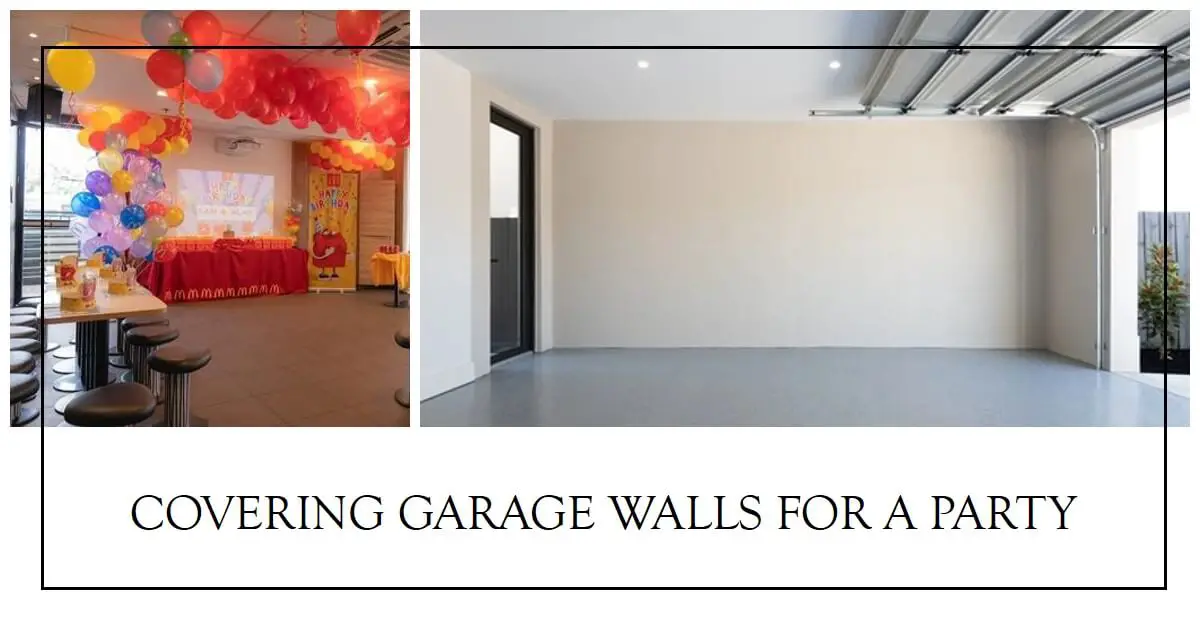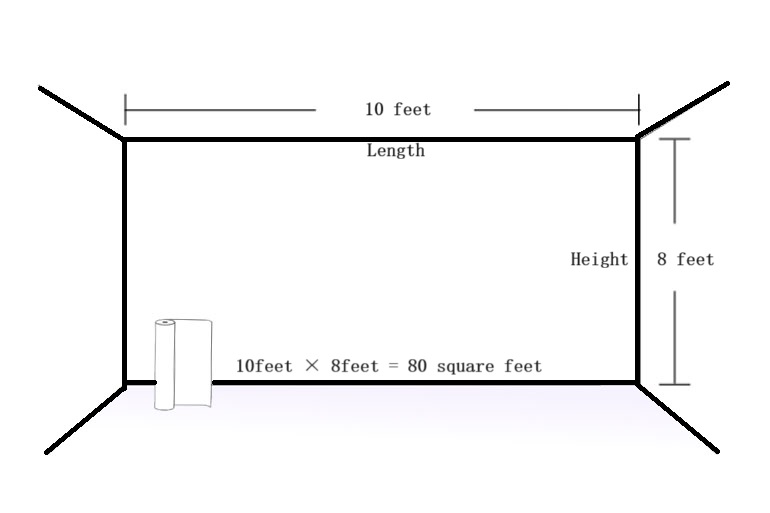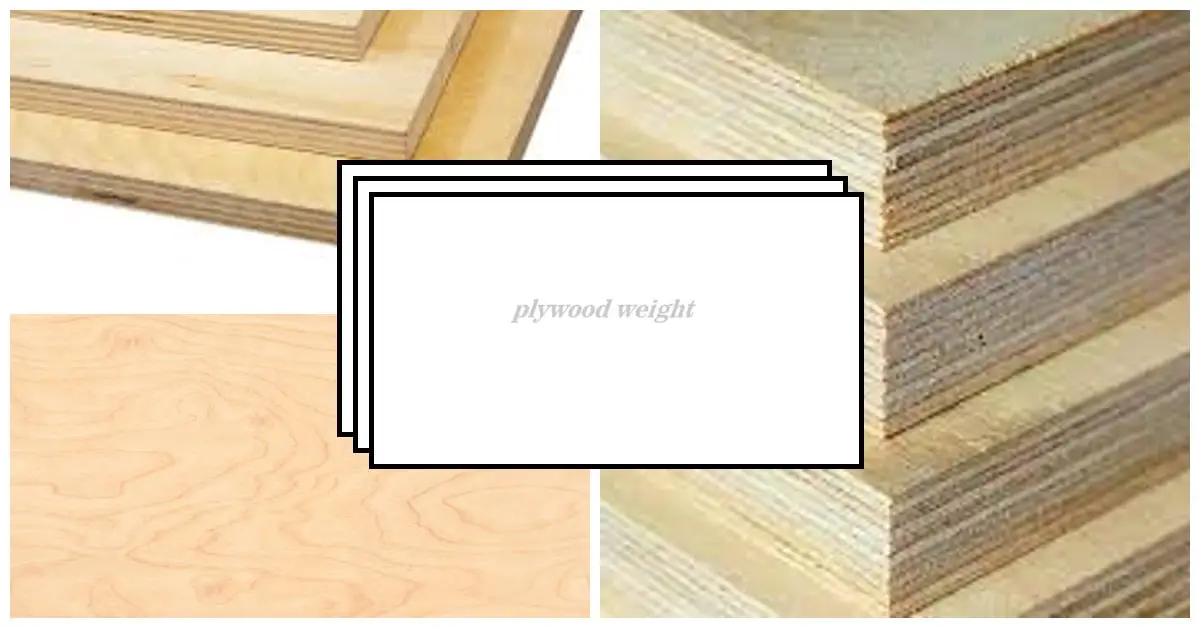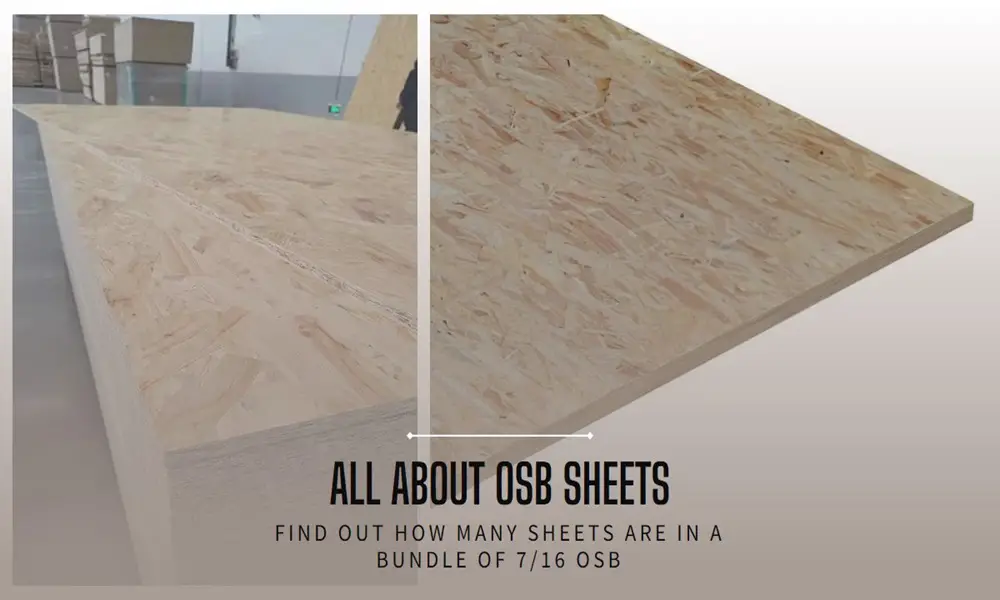Choose the Right Waterproof Wall board for Garage
When it comes to transforming your garage into a functional and aesthetically pleasing space, one essential consideration is the choice […]
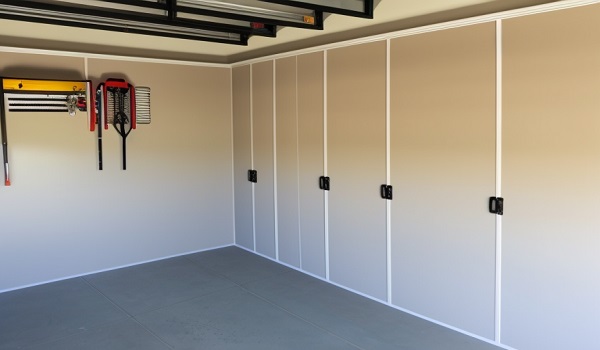
When it comes to transforming your garage into a functional and aesthetically pleasing space, one essential consideration is the choice of wallboard.
Garages are notorious for being exposed to moisture, temperature fluctuations, and potential water damage, which makes selecting the right wallboard crucial.
In this guide, I will share my insights and recommendations to help you choose the best wall board for garage, based on your budget, style, and specific needs.
What is Waterproof Wall board?

Waterproof wallboard, as the name suggests, is a type of wall covering material designed to resist moisture and water damage.
In the context of garages, where dampness and humidity are common issues, having waterproof wallboard can help protect your walls and maintain the integrity of your garage’s structure.
Why Do You Need Waterproof Wallboard in Your Garage?
Before we dive into the various options available, let’s understand why waterproof wallboard is essential for your garage.
1. Moisture Resistance
Garages often face moisture-related issues due to factors like rainwater, snowmelt, or even vehicle-related spills.
Moisture-resistant wallboard acts as a barrier, preventing water from seeping into the wall’s interior, which can lead to mold growth, structural damage, and deterioration of traditional wall materials.
2. Durability
Waterproof wallboards are designed to be more robust and longer-lasting than standard drywall or plywood. They can withstand the rigors of a garage environment, including temperature fluctuations and potential impacts from tools and equipment.
3. Maintenance
Unlike traditional materials that may require frequent repairs and repainting, waterproof wallboard is low-maintenance.
This means less time and money spent on upkeep, allowing you to focus on using your garage for its intended purposes.
4. Style and Color
Waterproof wallboards are available in various styles and colors, allowing you to customize the look of your garage.
Whether you prefer a sleek modern appearance or a more rustic feel, there’s a waterproof wallboard option to match your aesthetic preferences.
Read Also: Can You Paint Waterproof Wall Panels?
5. Cost
While waterproof wallboard may have a slightly higher upfront cost than traditional materials, it can save you money in the long run by reducing maintenance and replacement expenses.
The Different Types of Waterproof Wallboard Available
Now that you understand the importance of waterproof wallboard, let’s explore the different types you can consider for your garage:
1. Waterproof Drywall
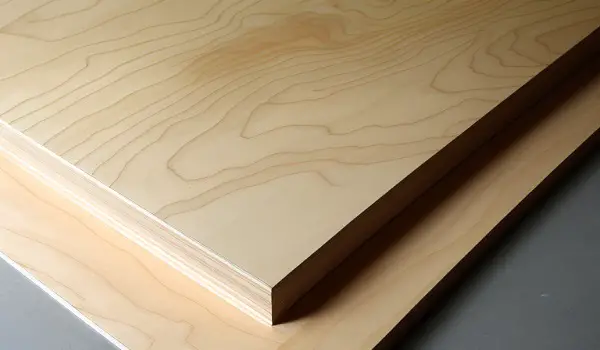
Pros:
- Moisture Resistance: Waterproof drywall is specially engineered to resist moisture, making it an excellent choice for garages where humidity and dampness are common issues. It acts as a reliable barrier against water infiltration, safeguarding your garage walls from damage caused by moisture.
- Smooth Finish: One of the significant advantages of waterproof drywall is its smooth and paintable surface. This allows for easy customization, enabling you to paint the walls in your preferred colors or apply various finishes to achieve the desired look. It provides a clean and polished appearance to your garage.
- Fire-Resistant: Some types of waterproof drywall are not only moisture-resistant but also fire-resistant. This added feature can enhance the safety of your garage, particularly if you store flammable materials or use it as a workshop. It provides an extra layer of protection against potential fire hazards.
Cons:
- Cost: While waterproof drywall offers several benefits, it tends to be more expensive compared to other wallboard options. However, this cost is often justified by the long-term protection it provides against moisture-related issues, potentially saving you money on repairs in the future.
- Installation: Installing waterproof drywall may require specialized skills and tools. If you’re not experienced in construction or DIY projects, you might need to hire a professional for a proper installation, which can add to the overall cost.
2. Plywood
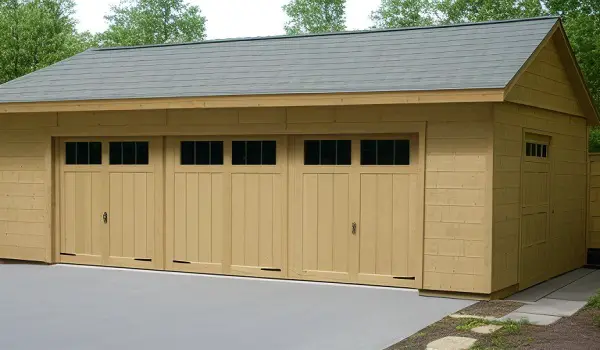
Pros:
- Durability: Plywood is known for its exceptional durability and ability to withstand heavy loads and impacts. This makes it a suitable choice for garage walls, especially if you plan to hang heavy tools or equipment. Plywood can endure the rigors of a busy garage environment.
- Versatility: Plywood is versatile and can be used for both walls and ceilings, giving you the flexibility to create a cohesive look throughout your garage. It offers structural stability and can support various fixtures and storage solutions.
- Cost-Effective: In terms of cost, plywood is often more budget-friendly compared to waterproof drywall. If you’re working within a tight budget but still want a sturdy and reliable wallboard option, plywood might be the more affordable choice.
Cons:
- Moisture Resistance: While plywood is naturally resistant to moisture to some extent, it may not be as effective as dedicated waterproof wallboard. Over time, exposure to moisture can lead to warping and deterioration, particularly if the garage has high humidity levels.
- Appearance: Plywood may not offer the same level of finish and customization as drywall. It has a distinct wood grain texture that might not be suitable for every aesthetic preference. If you desire a sleek, modern look, plywood might not be the best fit.
3. Waterproof Paneling

Pros:
- Ease of Installation: Waterproof paneling is known for its relative ease of installation, making it a DIY-friendly option. You can save on labor costs by tackling this project yourself, even if you don’t have extensive construction experience.
- Variety: Waterproof paneling comes in various styles, patterns, and colors, providing a wide range of design choices. This allows you to personalize your garage’s appearance to align with your taste and style preferences. You can achieve a unique and visually appealing look with the right paneling.
- Cost: In terms of cost-effectiveness, waterproof paneling is often more budget-friendly compared to waterproof drywall. This affordability makes it an attractive option for those on a budget who still want a moisture-resistant solution.
Cons:
- Moisture Resistance: The level of moisture resistance in waterproof paneling can vary depending on the quality and thickness of the panels. Lower-quality paneling may not provide the same level of protection against moisture as other options, so it’s crucial to choose high-quality paneling for optimal performance.
- Durability: While waterproof paneling can be durable, it may not be as long-lasting as drywall or plywood in the long run. Heavy impacts or extreme temperature fluctuations could lead to damage over time, which may require replacement or repairs.
Here are some approximate prices for the three wallboards you mentioned:
- Waterproof drywall: $12 to $16 per sheet, or $0.40 to $0.60 per square foot.
- Plywood: $15 to $20 per sheet, or $0.50 to $0.80 per square foot.
- Waterproof paneling: $20 to $30 per sheet, or $0.80 to $1.20 per square foot.
These prices are just estimates and may vary depending on the specific type of wallboard, the size of the sheets, and the location of the purchase. You should also factor in the cost of installation, which will vary depending on the complexity of the project.
For example, if you are covering a 100 square foot wall with waterproof drywall, you can expect to pay around $40 to $60 for the materials and another $100 to $150 for the installation.
Installation Instructions and Tips
Regardless of the type of waterproof wallboard you choose, proper installation is critical to ensure its effectiveness. Here are some installation tips to consider:
- Prepare the Surface: Ensure that your garage walls are clean, dry, and free of any debris or contaminants before installation.
- Seal Joints and Seams: Pay close attention to sealing joints and seams properly to prevent water infiltration.
- Use Appropriate Fasteners: Use corrosion-resistant fasteners to secure the wallboard in place.
- Follow Manufacturer Instructions: Always follow the manufacturer’s installation guidelines for the specific wallboard material you choose.
- Consider Professional Installation: If you’re not confident in your DIY skills, hiring a professional can ensure a flawless installation.
Conclusion
In conclusion, selecting the right waterproof wallboard for your garage is a decision that should not be taken lightly.
Consider factors such as moisture resistance, durability, maintenance, cost, style, and color to determine which option best suits your needs and preferences.
Whether you opt for waterproof drywall, plywood, or waterproof paneling, investing in quality wallboard will help protect your garage and enhance its overall functionality and appearance.
So, make an informed choice and enjoy a garage that remains in top-notch condition for years to come.
Choose the right waterproof wallboard for your garage, and ensure its long-lasting performance and protection against moisture-related issues. Make the smart choice for your garage invest in waterproof wallboard for garage walls.
